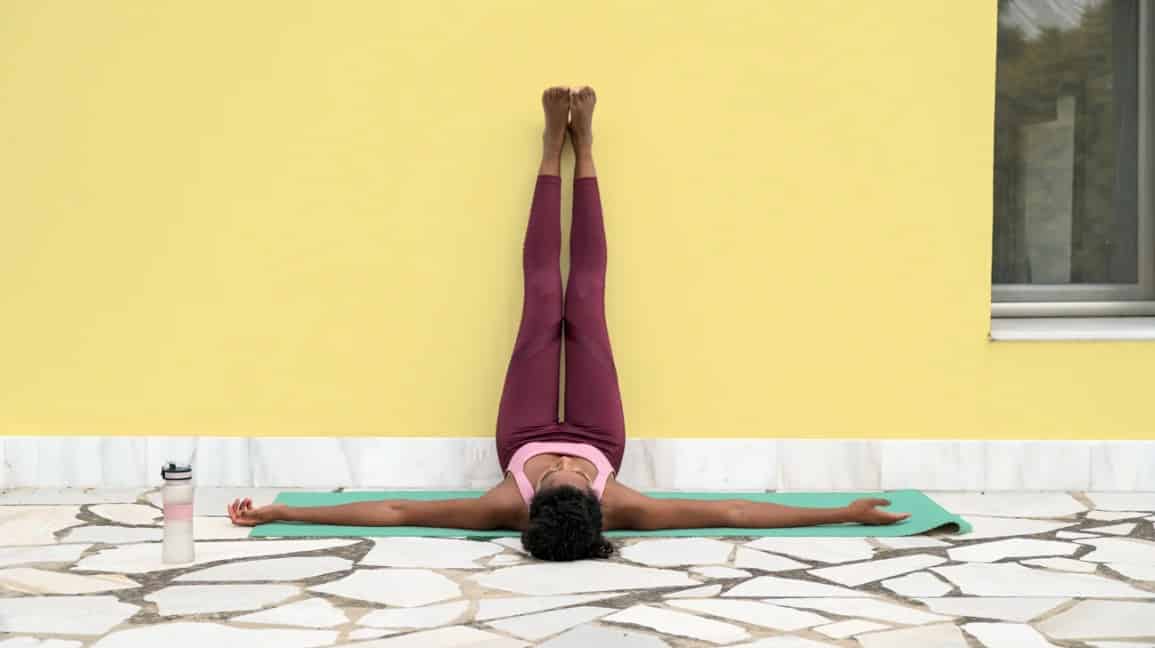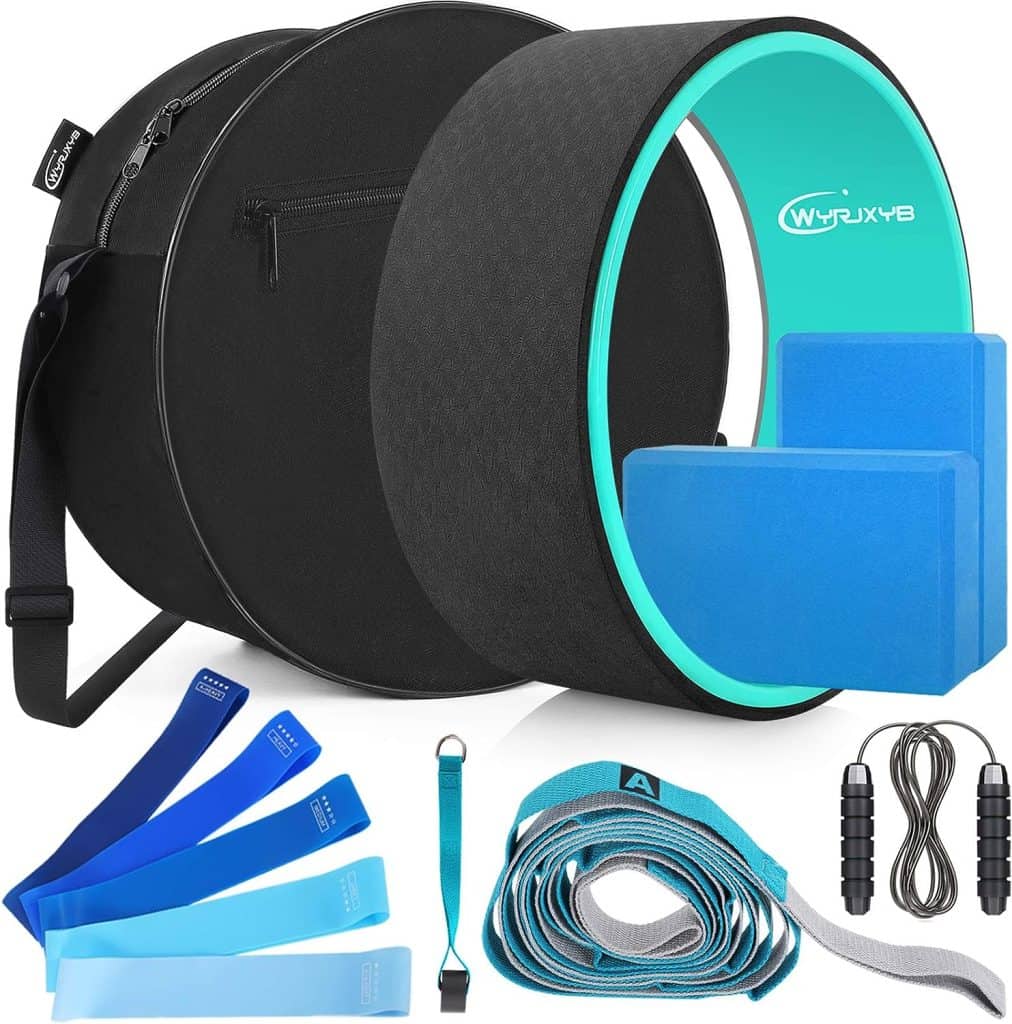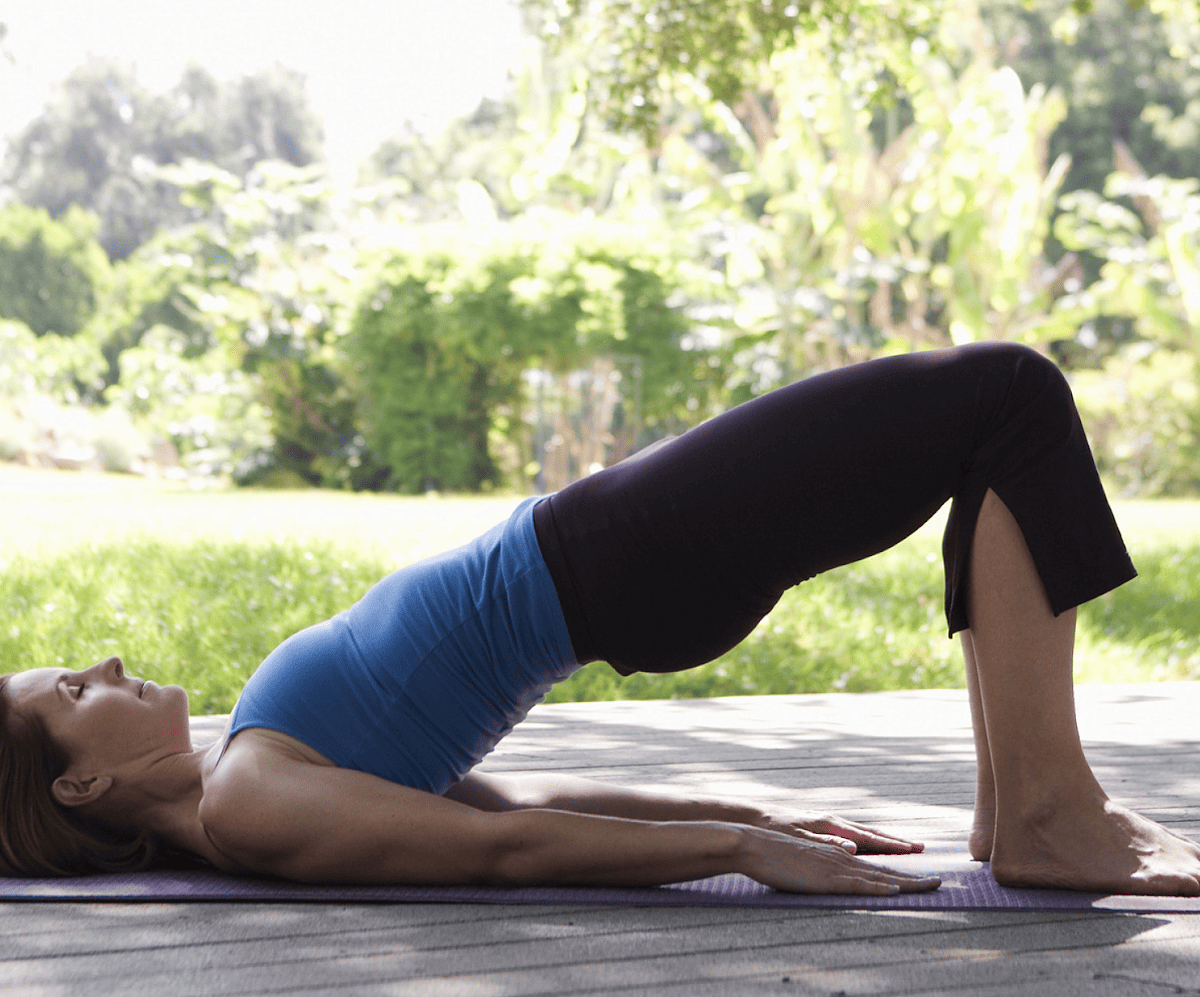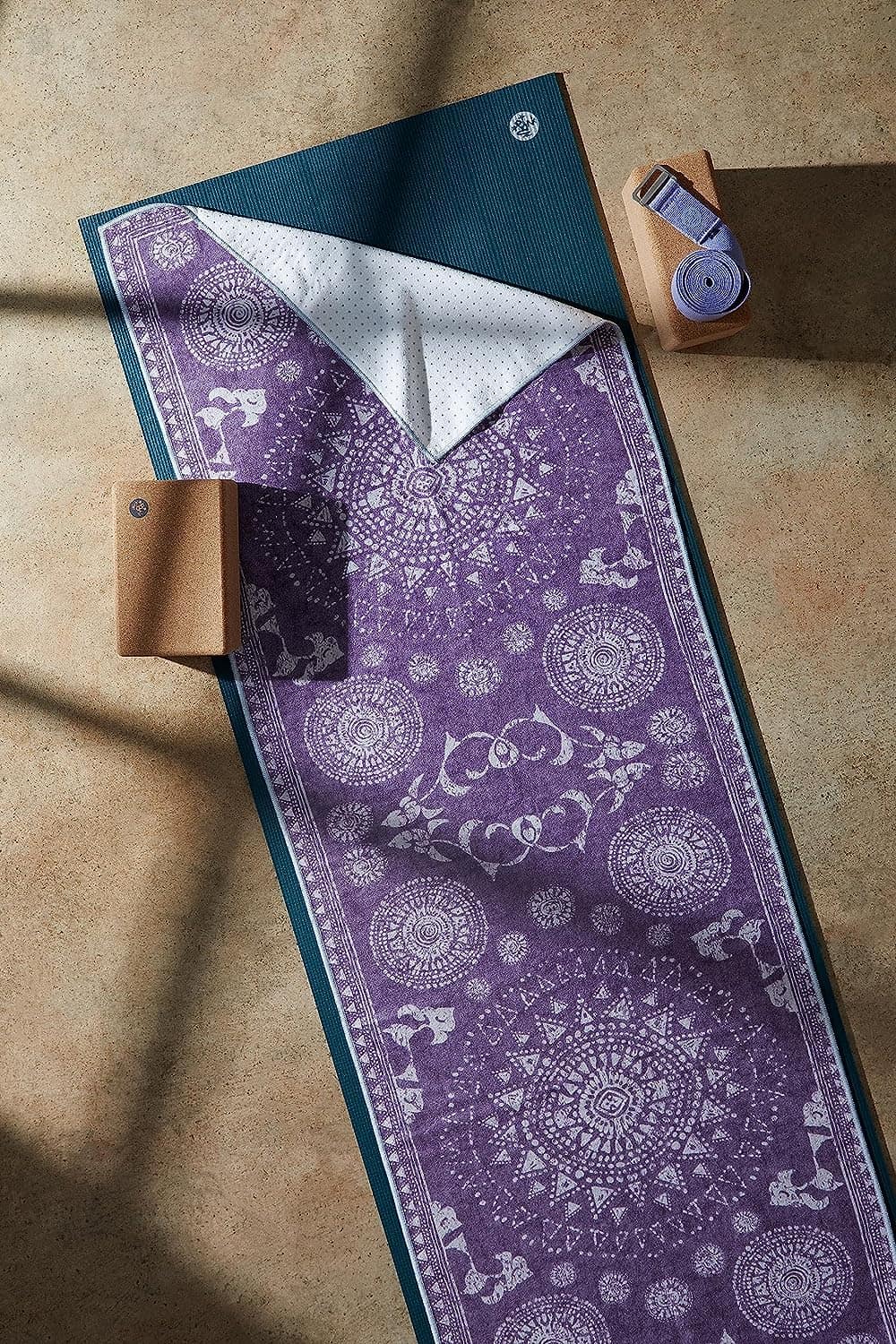In this article, we will explore the definition and causes of anxiety attacks, how yoga can help, specific yoga for anxiety attacks, creating a yoga routine, and additional tips for managing anxiety attacks.
If you’re struggling with anxiety attacks, incorporating yoga into your routine can be a powerful tool for managing and reducing symptoms.
Yoga combines physical movement, deep breathing exercises, and mindfulness techniques to promote relaxation and calmness.
Understanding anxiety attacks
Definition of anxiety attacks
Anxiety attacks, also known as panic attacks, are intense episodes of fear and distress that can be debilitating. They often come on suddenly and are accompanied by physical symptoms such as rapid heartbeat, shortness of breath, chest pain, dizziness, and sweating. These attacks can be triggered by specific situations or occur unexpectedly.
Causes of anxiety attacks
Anxiety attacks can be caused by various factors, including genetics, brain chemistry, traumatic experiences, and ongoing stress. Certain medical conditions and substance abuse can also contribute to the development of anxiety attacks. Understanding the underlying causes can help in finding effective ways to manage and prevent them.
How yoga can help with anxiety attacks
Yoga offers a holistic approach to managing anxiety attacks by addressing both the physical and mental aspects of the condition. Here are three ways yoga can help:
Deep breathing exercises
One of the key components of yoga is deep breathing exercises, also known as pranayama. These techniques involve slow, controlled breathing that activates the body’s relaxation response. By focusing on your breath, you can calm your nervous system, reduce heart rate, and lower blood pressure. Deep breathing exercises can be practiced anywhere, making them a valuable tool for managing anxiety attacks in the moment.
Physical movement and stretching
Engaging in physical movement through yoga poses helps release tension and stress from the body. The gentle stretching and strengthening of muscles promote relaxation and improve overall well-being. Regular physical activity, such as yoga, has been shown to reduce anxiety and depression symptoms by increasing the production of endorphins, the body’s natural mood boosters.
Mindfulness and meditation
Yoga incorporates mindfulness and meditation practices that encourage present-moment awareness and non-judgmental acceptance. By focusing your attention on the present and letting go of worries about the past or future, you can cultivate a sense of calm and reduce anxiety. Regular meditation practice has been shown to rewire the brain, improving emotional regulation and reducing anxiety symptoms.
Specific yoga poses for anxiety attacks
Certain yoga poses can be particularly beneficial for managing anxiety attacks. Here are three poses to try:
Child’s pose
Child’s pose is a gentle resting pose that promotes relaxation and relieves tension in the back and shoulders.
To practice this pose, kneel on the floor, sit back on your heels, and fold your torso forward, resting your forehead on the mat. Extend your arms forward or alongside your body, whichever feels more comfortable. Take slow, deep breaths and focus on releasing any tension in your body.
Legs up the wall pose
Legs up the wall pose is a restorative pose that helps calm the nervous system and reduce anxiety. Lie on your back with your legs extended up against a wall, forming an L-shape.
Rest your arms by your sides, close your eyes, and breathe deeply. This pose promotes relaxation and improves circulation, allowing for a sense of grounding and stability.
Corpse pose
Corpse pose, also known as Savasana, is a relaxation pose that allows the body and mind to fully rest. Lie on your back with your legs extended and arms relaxed by your sides. Close your eyes and focus on your breath, allowing your body to sink into the floor.
This pose helps release tension and promotes deep relaxation, making it an excellent choice for managing anxiety attacks.
Creating a yoga routine for anxiety attacks
Frequency and duration
To reap the benefits of yoga for anxiety attacks, it’s important to establish a regular practice. Aim for at least three sessions per week, with each session lasting around 30 minutes to an hour. Consistency is key in experiencing the long-term effects of yoga on anxiety management.
Combining yoga with other anxiety management techniques
While yoga can be a powerful tool for managing anxiety attacks, it’s important to remember that it is not a standalone solution. Combining yoga with other anxiety management techniques, such as therapy, medication, and lifestyle changes, can provide a comprehensive approach to managing anxiety. Consult with a healthcare professional to develop a personalized plan that suits your needs.
Additional tips for managing anxiety attacks
Seeking professional help
If anxiety attacks are significantly impacting your daily life, it’s crucial to seek professional help. A mental health professional can provide guidance, support, and evidence-based treatments to help you manage anxiety attacks effectively. Don’t hesitate to reach out for assistance when needed.
Practicing self-care
In addition to yoga, practicing self-care is essential for managing anxiety attacks. Engage in activities that bring you joy and relaxation, such as spending time in nature, practicing mindfulness outside of yoga sessions, getting enough sleep, and maintaining a healthy diet. Taking care of your overall well-being can contribute to reducing anxiety symptoms.
Great Yoga Mat Towel – Yogitoes
About this product:
- Anti-Slip Bottom: Patented Skidless Technology with silicone nubs for superior grip during hot and sweaty yoga.
- Yoga Support: Ultra absorbent, quick-drying, and sustainable Yogitoes in beautiful designs.
- Eco-Friendly: Made from at least four recycled plastic bottles, reducing energy consumption, and free from harmful dyes.
Conclusion
Incorporating yoga into your routine can be a valuable tool for managing anxiety attacks. By practicing deep breathing exercises, engaging in physical movement and stretching, and cultivating mindfulness and meditation, you can reduce anxiety symptoms and promote relaxation.
Remember to consult with a healthcare professional and combine yoga with other anxiety management techniques for a comprehensive approach to managing anxiety attacks.
With dedication and consistency, you can find relief and regain control over your well-being.
Originally posted 2023-04-03 16:26:49.







